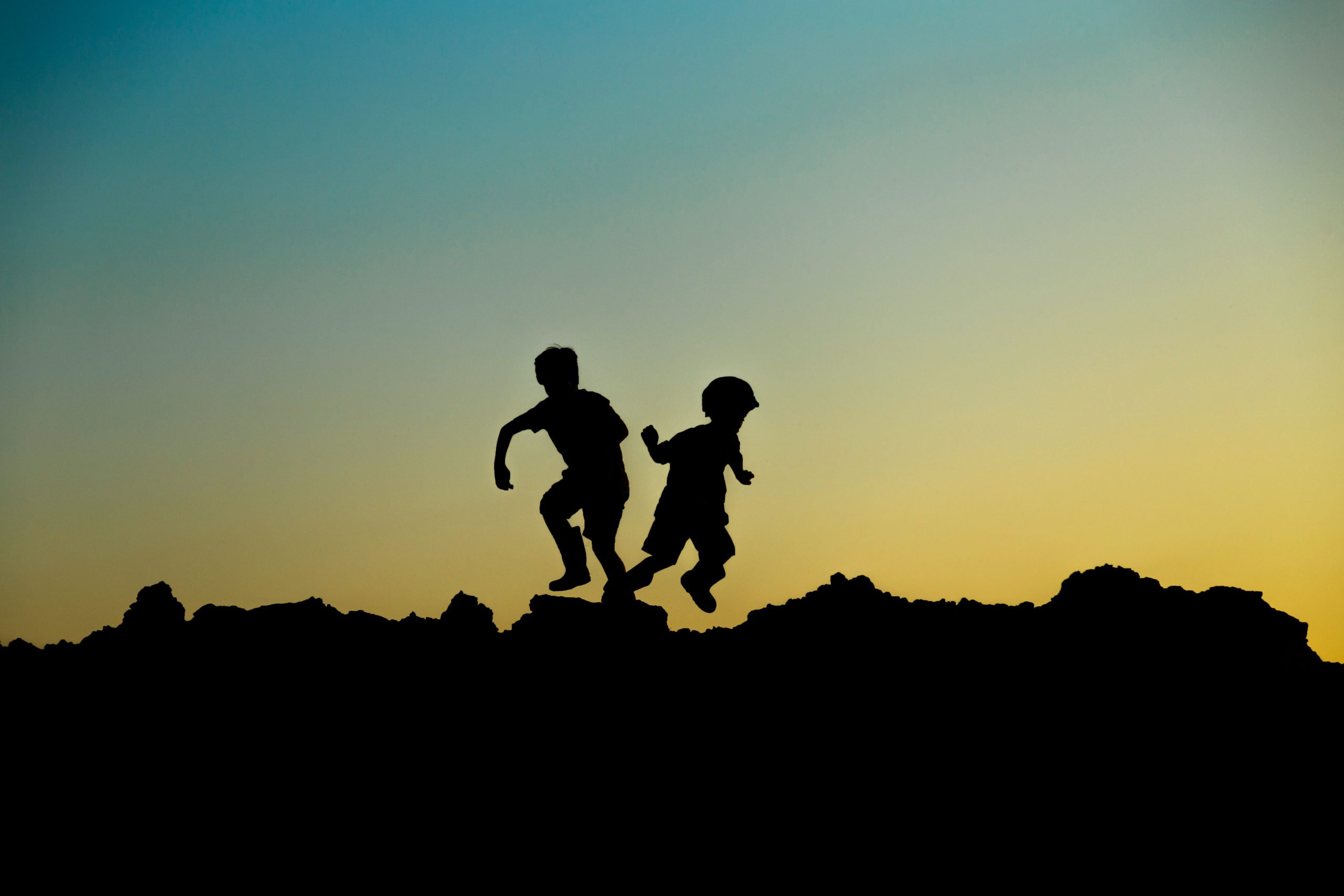
Unwrapping the Link Between Childhood Trauma and Health
What You Need to Know About ACEs
People frequently marvel at the resilience of children. Sure, children will recover from skinned knees or a tumble, but childhood trauma can have lifelong consequences. A 2019 report confirmed that experiencing traumatic things as a child puts you at risk for lifelong health effects.
The 2019 study expanded on the link researchers first identified in the first ACE study, conducted by the Centers for Disease Control and Prevention (CDC) and Kaiser Permanente more than two decades ago. That research identified the link between adverse childhood experiences, or ACEs (potentially traumatic connected events that occur before a child reaches 18) and negative health and behavior outcomes later in life.
The 2019 study also revealed that Americans who had experienced ACEs were at higher risk of dying from five of the top 10 leading causes of death.
The report collected data from a survey of more than 144,000 adults from 25 states and revealed that;
- Approximately 60 percent of Americans experienced at least one adverse experience during childhood.
- More than 15 percent of those surveyed experienced four or more different types of ACES.
- Women, American Indian and Alaskan Natives, and African Americans have a higher risk of experiencing four or more types of childhood traumas.
ACEs Basics
There are three categories of ACEs:
- Abuse
- Physical
- Emotional
- Sexual
- Neglect
- Physical
- Emotional
- Household Dysfunction
- Mental illness
- Mother treated violently
- Divorce
- Incarcerated relative
- Substance abuse
The Consequences of ACEs
There are decades of research linking ACEs to an increased risk of developing chronic diseases and behavioral challenges, including obesity, autoimmune disease, depression, and alcoholism. New research has also uncovered a correlation between ACEs and an increased risk for prescription opioid misuse.
Not surprisingly, multiple ACEs put individuals at a greater risk for negative outcomes, including poor school performance, unemployment, and the development of high-risk health behaviors, such as smoking and drug use. These high-risk behaviors account for nearly 50 percent of the increased risk of negative consequences associated with ACEs.
While nearly everyone experiences stress, chronic stress sustained over time can damage the body and the brain, especially for children, because early childhood is critical for development. ACEs cause toxic stress, prolonged or excessive activation of the stress response system.
That toxic stress interferes with the development of healthy neural, immune, and hormonal systems and can alter our DNA expression. Over time, multiple ACEs—especially without adequate adult support—can affect the nervous, endocrine, and immune systems and have lasting effects on attention, behavior, decision-making, and response to stress throughout a lifetime.
Mitigating the Effects of ACEs
No child is magically resilient to ACEs or automatically doomed by ACEs. A combination of a person’s biological make-up and protective factors can help mitigate the negative impacts of ACEs. This mixture of biology and protective factors may help explain how some people who have sustained a great deal of adversity as children have fared relatively well in adulthood.
Another 2019 study found that even when an individual had four or more ACEs, having a high number of advantageous childhood experiences (dubbed Counter-ACEs) lessened the negative effect of ACEs on adult health. This is significant because the landmark 1998 ACEs study concluded that individuals with four or more ACEs in childhood dramatically increase adverse health outcomes, including higher BMI, smoking rates, depression, and chronic health conditions.
Researchers are still working to understand how resilience develops. Still, there is agreement among professionals that various important individual, family, and community conditions can support resilience. Here is a list of protective factors:
- Close relationships with competent caregivers or other caring adults
- Parent resilience
- Identifying and cultivating a sense of purpose (faith, culture, identity)
- Individual developmental competencies (problem-solving skills, self–regulation, agency)
- Social connections
- Socioeconomic advantages and concrete support for parents and families
- Communities and social systems that support health and development and nurture human capital
Talking about child abuse and neglect are difficult conversations, but those discussions are crucial for us to support survivors and stop it from happening to future generations.
Help us create a world where survivors are empowered, not embarrassed, to tell their stories. A world where researchers can continue to uncover valuable information about abuse and neglect to prevent it. A world where those who abuse and neglect children can get the education and training they need. Together, we can do it.
Get Support and Continue the Conversation – Join our Survivor Community
EndCAN is committed to growing a community of survivors to end child abuse and neglect. We recently launched the Louder than Silence: Ending Child Abuse and Neglect Survivor Community through Inspire. Inspire is a free, online community of support groups where people exploring health conditions can feel safe, be authentic, anonymously discuss their experiences, and learn from other people who have “been there.” Ask questions about your experiences with child abuse and neglect, get support from other survivors, and join us in the movement to create a world safer for future generations. You can join our survivor community today at https://www.inspire.com/groups/prevent-child-abuse/.
